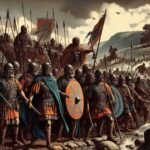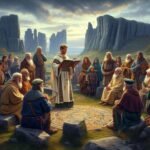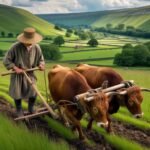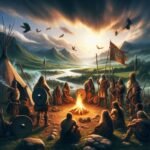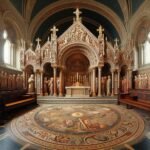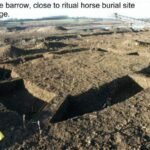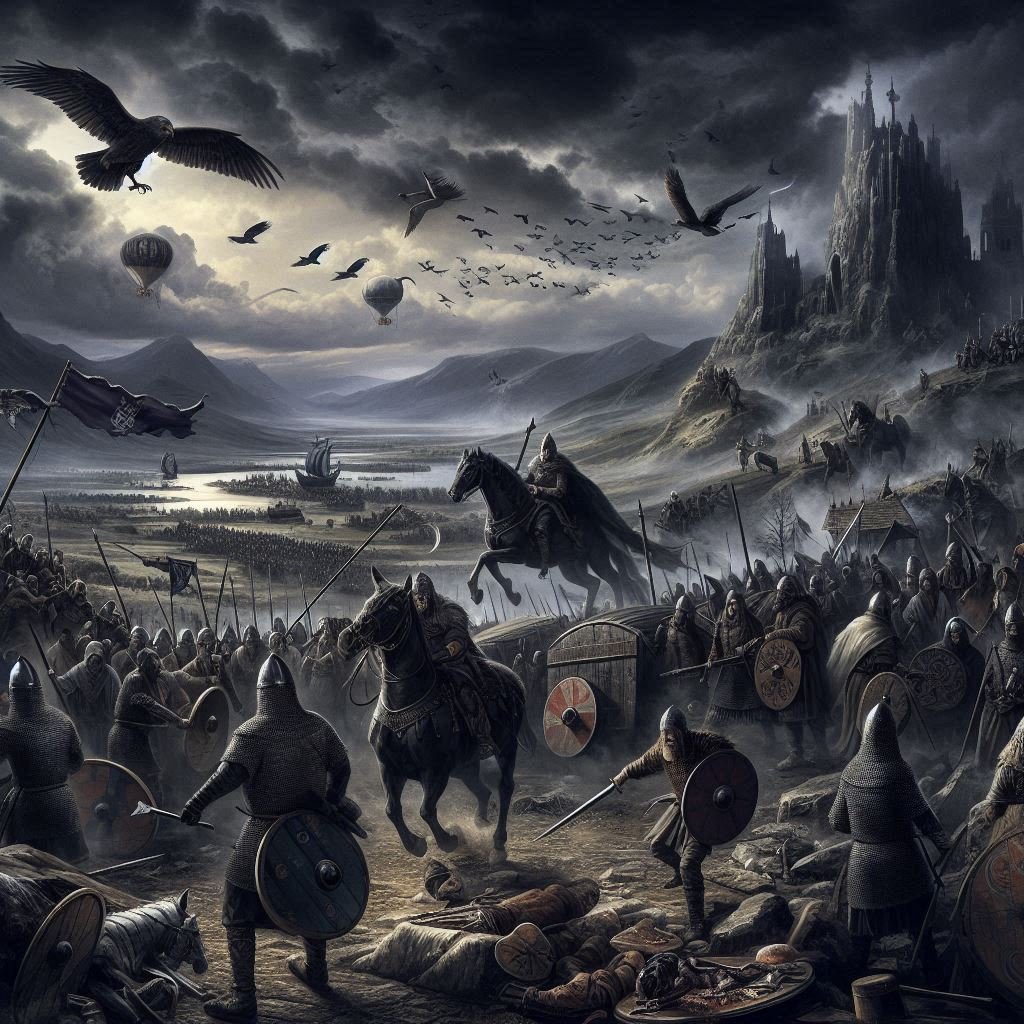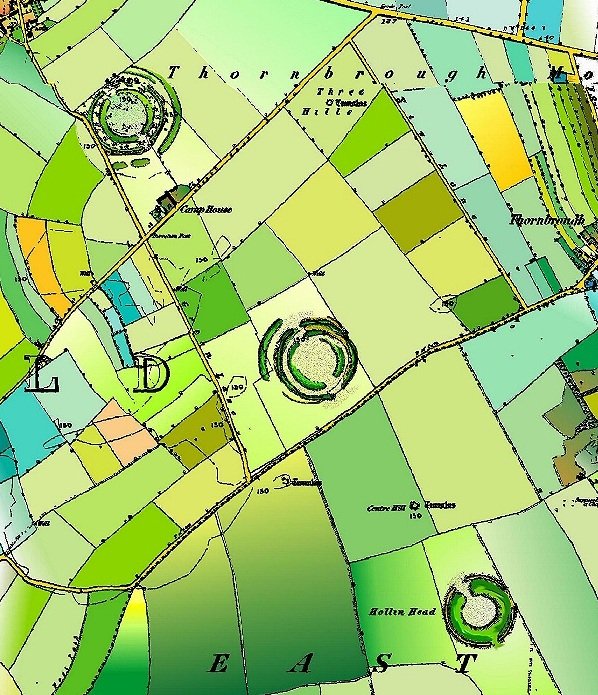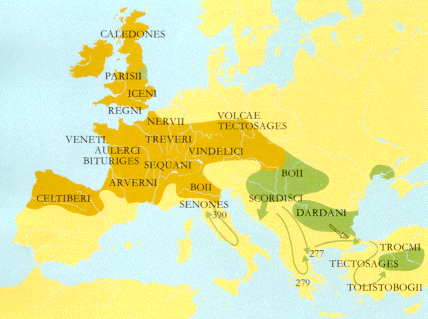Celtic Life
Along with the rest of the Iron Age peoples the Celts had an advanced culture, with established trade links covering most of the known world. Many of the Celts, were themselves the descendants of people from earlier southern cultures, displaced by the reduction of the land surface by the melting of the glaciers at the end of the last ice age in 12,500 BC. Towards the end of the Iron Age the “Roman effect” pushed together many tribes and created a tidal wave of fleeing tribes and individuals.
The Celts were part of a thriving economic and political structure with common religious beliefs and economic structures, the political structure was based around tribal systems were weaker family units would bind themselves to powerful families to created an enlarged tribe.
“By far the most civilized inhabitants live in Kent (a purely maritime district), whose way of life differs little from that of the Gauls. Most of the tribes in the interior do not grow corn but live on milk and meat, and wear skins. All the Britons dye their bodies with woad, which produces a blue colour, and shave their bodies except the head and the upper lip. Wives are shared between fathers and sons; but the offspring of these unions are counted as children of the man with whom a particular woman cohabited first.” – Julius Caesar 54 BC, The Conquest of Gaul V.15.1 14.

